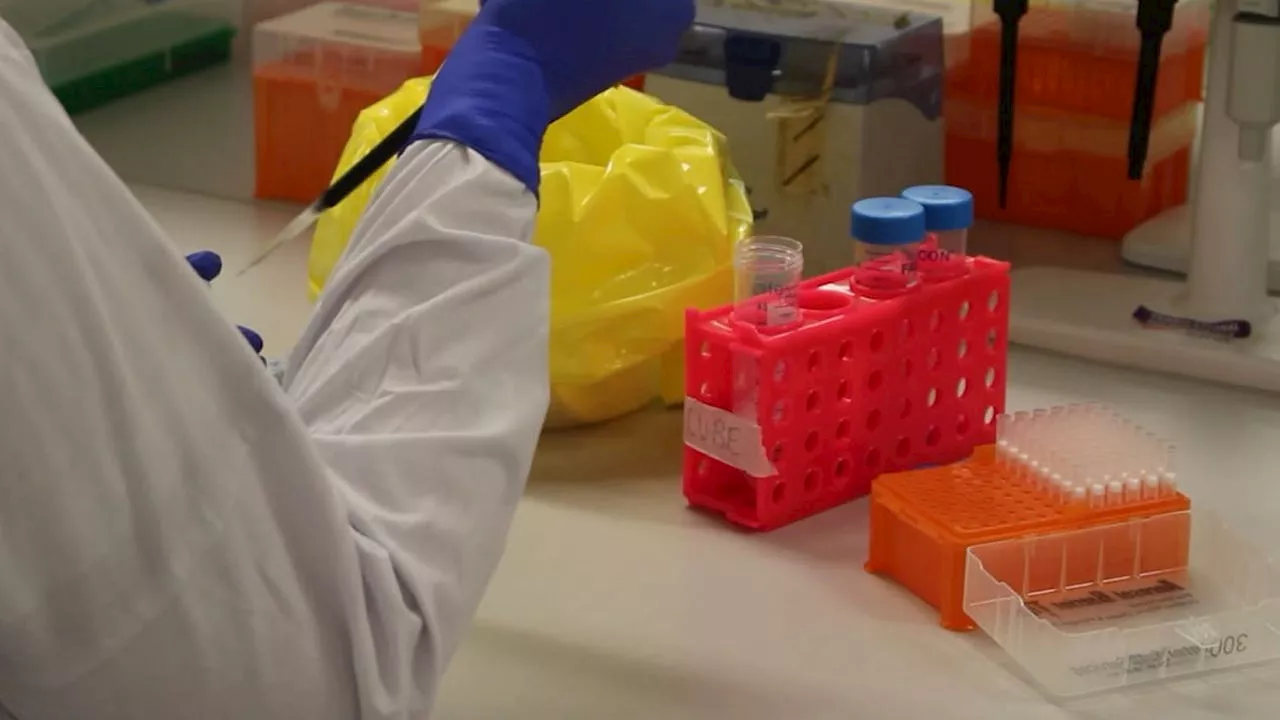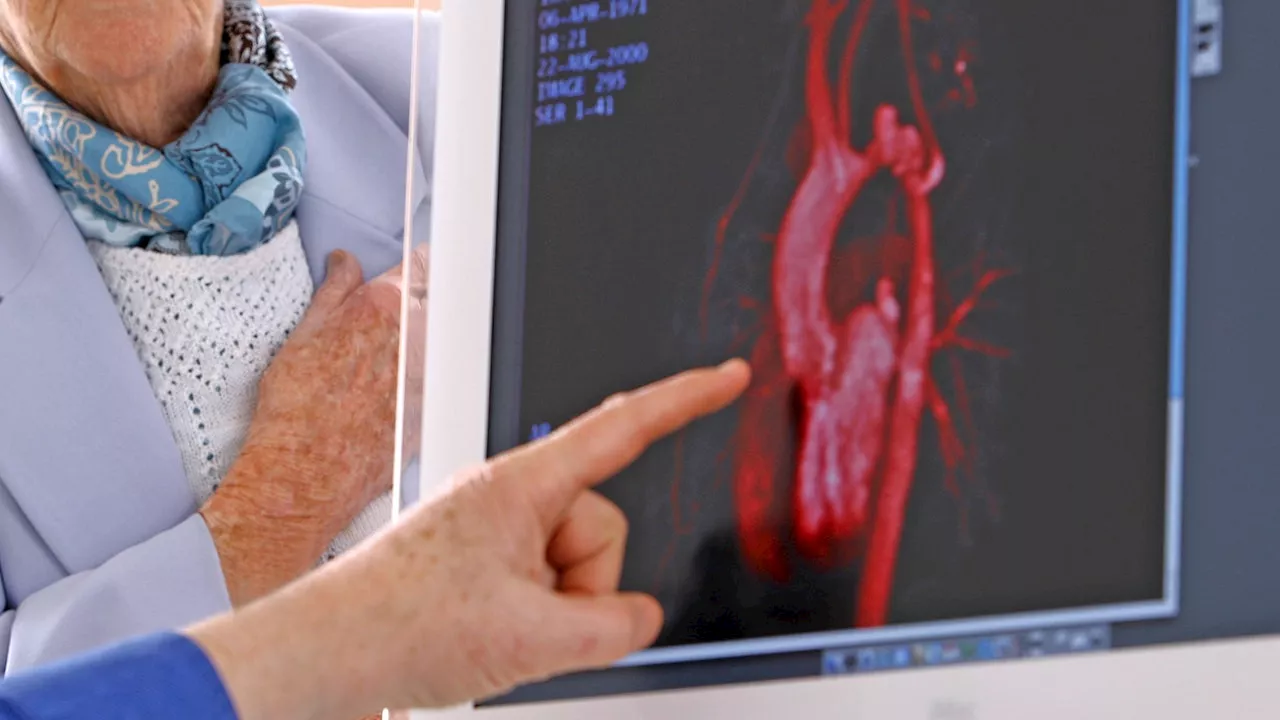Researchers investigated the internal properties of low-cost materials used in perovskite solar cells, which are attracting attention for their high efficiency, using electron spin resonance (ESR) to analyze these materials at a microscopic level.
Researchers investigated the internal properties of low-cost materials used in perovskite solar cells, which are attracting attention for their high efficiency, using electron spin resonance to analyze these materials at a microscopic level. The results clarify the underlying causes for reduced device performance, despite high local charge mobility, offering critical insights for designing improved solar cells.
The researchers at University of Tsukuba employed ESR to investigate the underlying mechanisms for the performance limitations of perovskite solar cells incorporating HND-2NOMe, focusing on the material's internal properties at a microscopic scale. They discovered that in the absence of illumination, holes migrate from perovskite to HND-2NOMe, forming an energetic barrier at the perovskite/HND-2NOMe interface. This barrier impedes hole flow, leading to performance limitations.
Xiangtao Zou, Takahiro Watanabe, Haru Kimata, Dong Xue, Ai Shimazaki, Minh Anh Truong, Atsushi Wakamiya, Kazuhiro Marumoto.Many semiconducting materials are possible candidates for solar cells. In recent years, perovskite semiconductors in particular have attracted attention, as they are both inexpensive and easy to ...
Materials Science Petroleum Electricity Energy And The Environment Geomagnetic Storms Renewable Energy Atmosphere
United States Latest News, United States Headlines
Similar News:You can also read news stories similar to this one that we have collected from other news sources.
 Researchers identify key enzyme in aging cells to promote healthy agingA team has made a groundbreaking discovery in the field of aging and inflammation. Japan's aging population is growing at an unprecedented rate, making it crucial to extend healthy lifespans rather than just lifespans.
Researchers identify key enzyme in aging cells to promote healthy agingA team has made a groundbreaking discovery in the field of aging and inflammation. Japan's aging population is growing at an unprecedented rate, making it crucial to extend healthy lifespans rather than just lifespans.
Read more »
 Researchers targeting childhood heart disease with stem cells, AIResearchers in the U.S. and Australia are ushering in a new era of pediatric medicine by using stem cells and AI to solve childhood heart disease.
Researchers targeting childhood heart disease with stem cells, AIResearchers in the U.S. and Australia are ushering in a new era of pediatric medicine by using stem cells and AI to solve childhood heart disease.
Read more »
 San Francisco, Australian researchers targeting childhood heart disease with stem cells, AIThe global research program involves the Murdoch Children’s Research Institute in Melbourne and the Gladstone Institutes in San Francisco, with researchers working to identify the genetic causes of infant heart disease and develop new treatments for it through the use of stem cells and AI technology.
San Francisco, Australian researchers targeting childhood heart disease with stem cells, AIThe global research program involves the Murdoch Children’s Research Institute in Melbourne and the Gladstone Institutes in San Francisco, with researchers working to identify the genetic causes of infant heart disease and develop new treatments for it through the use of stem cells and AI technology.
Read more »
 Researchers seek to improve advanced pain management using AI for drug discoveryAn estimated one in five Americans live with chronic pain and current treatment options leave much to be desired. Scientists are now using artificial intelligence (AI) for drug discovery in advanced pain management.
Researchers seek to improve advanced pain management using AI for drug discoveryAn estimated one in five Americans live with chronic pain and current treatment options leave much to be desired. Scientists are now using artificial intelligence (AI) for drug discovery in advanced pain management.
Read more »
 Researchers discover new insights into bacterial photosynthesisResearchers have discovered new understanding of bacterial photosynthesis. Using cutting-edge techniques, investigators have unveiled intricate detailed images of the key photosynthetic protein complexes of purple bacteria. These images shed new light on how these microorganisms harness solar energy.
Researchers discover new insights into bacterial photosynthesisResearchers have discovered new understanding of bacterial photosynthesis. Using cutting-edge techniques, investigators have unveiled intricate detailed images of the key photosynthetic protein complexes of purple bacteria. These images shed new light on how these microorganisms harness solar energy.
Read more »
 UW researchers sail into the eye of Hurricane MiltonWhen UW researcher Andy Chiodi and members of a multi-state research team stare into the eye of a massive hurricane like Milton, they do so with a mighty army of sail drones.
UW researchers sail into the eye of Hurricane MiltonWhen UW researcher Andy Chiodi and members of a multi-state research team stare into the eye of a massive hurricane like Milton, they do so with a mighty army of sail drones.
Read more »
